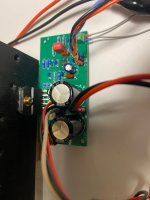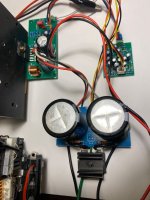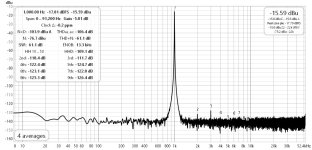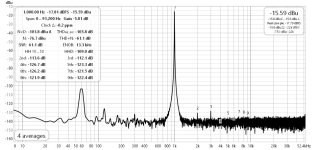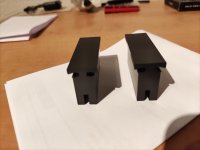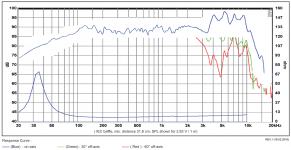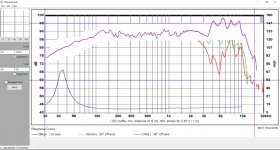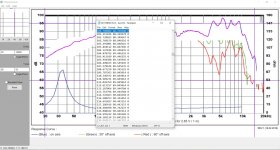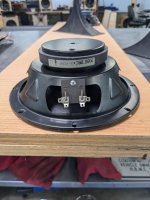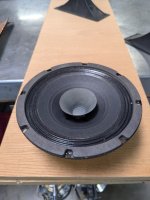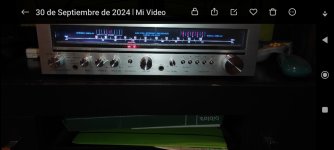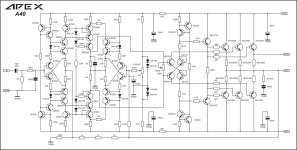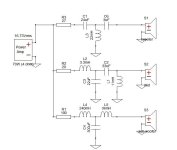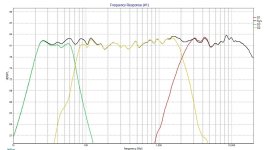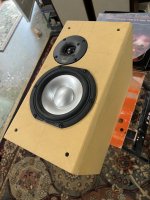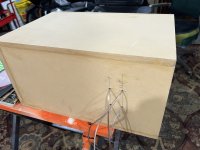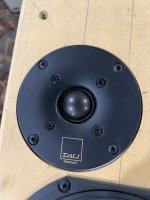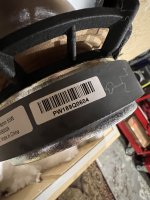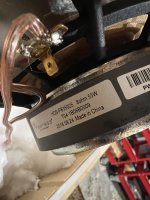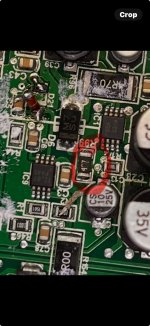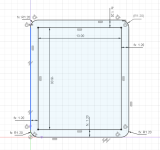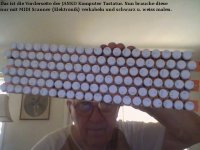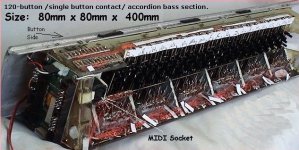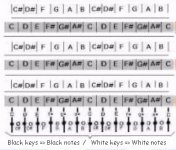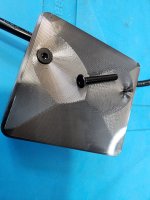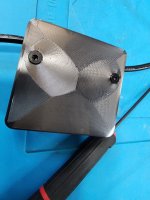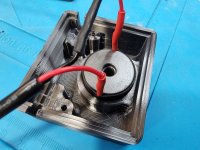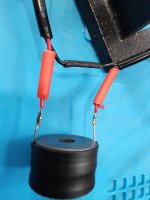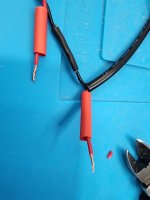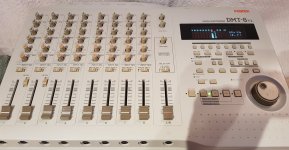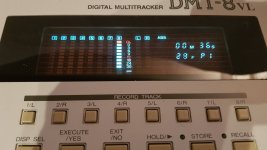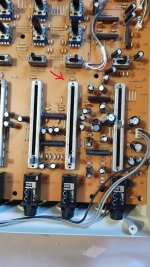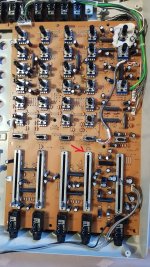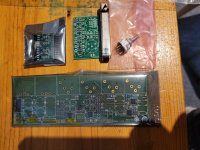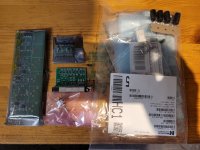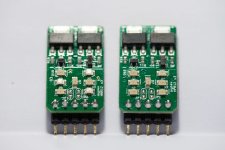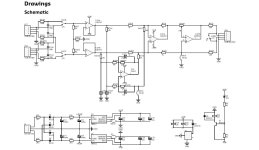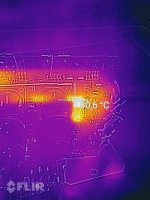Matching NPN and PNP
- Solid State
- 24 Replies
Hi All,
I've built the hi-fi headphone amp from Rod Elliott (project 113) and it sounds great (measures very well in LTSpice as well), however, I didn't get around to matching the BD139 and BD140 output transistors. I realise that it's probably unnecessary and doubtful that I'd ever hear a difference, but I decided it would be nice to do.
I found a thread (now closed) discussing this in which a matching circuit was offered by kct (I have attached the PDF here, I hope that's OK).
My question is that I have modelled this in LTSpice (attached), and whatever random transistors I pick, I still get well below the suggested 20 ua, so have I done something wrong in my simulation?
I'm sure that LTSpice must deal correctly with transistor gain and from what I understand (not a lot, unfortunately) the circuit appears fine.
So, I'm a bit baffled and left wondering if it's worth building it. Any comments, insights or advice would be very welcome 🙂
I've built the hi-fi headphone amp from Rod Elliott (project 113) and it sounds great (measures very well in LTSpice as well), however, I didn't get around to matching the BD139 and BD140 output transistors. I realise that it's probably unnecessary and doubtful that I'd ever hear a difference, but I decided it would be nice to do.
I found a thread (now closed) discussing this in which a matching circuit was offered by kct (I have attached the PDF here, I hope that's OK).
My question is that I have modelled this in LTSpice (attached), and whatever random transistors I pick, I still get well below the suggested 20 ua, so have I done something wrong in my simulation?
I'm sure that LTSpice must deal correctly with transistor gain and from what I understand (not a lot, unfortunately) the circuit appears fine.
So, I'm a bit baffled and left wondering if it's worth building it. Any comments, insights or advice would be very welcome 🙂
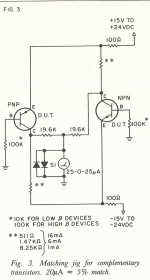
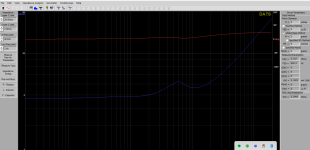
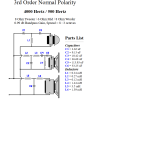
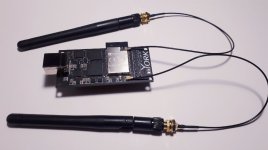
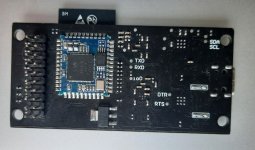
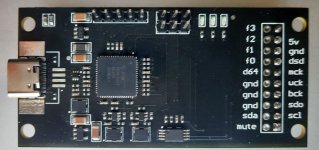
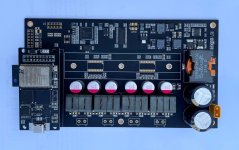
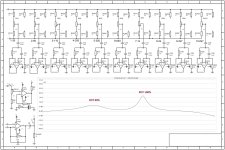

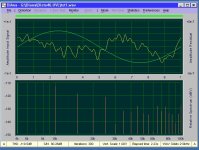
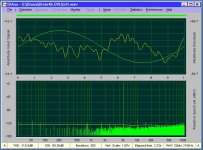
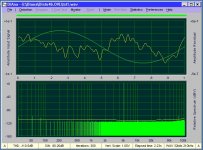
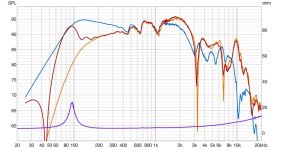


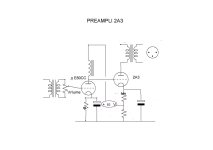
 Account banned, as it is the return of a previously banned account. ]
Account banned, as it is the return of a previously banned account. ]